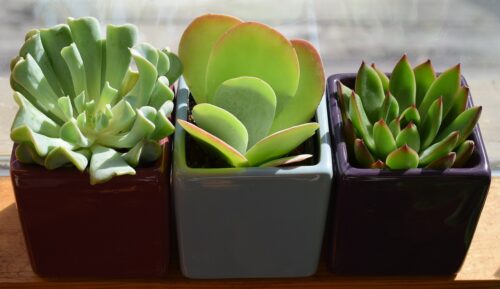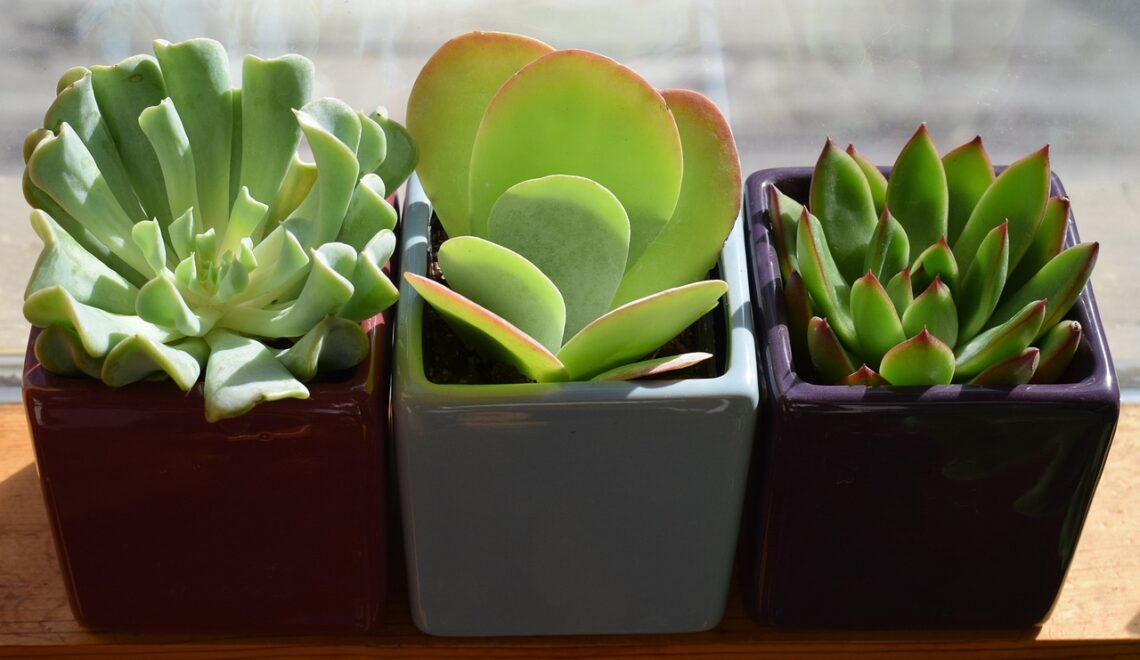Want to find out what to do with overwatered succulents and how to save them from dying then read this post and get the solution.
Succulents are popular for their fleshy leaves and low demands. Most species need bright light and occasional watering, but some gardeners make the mistake of overwatering, which becomes the cause of root rot and fungal infection. In this article, you will learn what to do with an overwatered succulent and how to save them.
Signs of an Overwatered Succulents
An overwatered succulent has mushy leaves that are squishy and soft to touch. The foliage’s color becomes lighter or translucent than a healthy plant; the leaves turn weak and drop with a slight touch.
When you notice the above signs, the plant is growing in the wrong soil that doesn’t drain or dry out quickly, or it is overwatered, or both conditions can be the reason. A healthy succulent has firm, hydrated, plump foliage.
How to Save an Overwatered Succulents

If the succulent shows early signs of overwatering like; mushy, pale, soft bottom foliage, the plant must dry out soon without any delay. Follow the given instruction for combating this issue.
1. Allow the Roots to Dry
Remove the succulent from the soil, shake off the extra soil jammed in the roots. Snip off black or brown rotten roots. Place the plant on a strainer or screen for two or three days till roots get dry. When the root dries out completely, plant them back in a pot using a fresh succulent mix.
2. Place the Succulents Away From the Sun
Well, it may sound illogical to keep the overwatered succulent away from sunlight. The justification is your plant is already struggling and under stress due to excess water; direct sunlight can increase the problem. Most succulent varieties need bright indirect light and avoid direct sunlight.
3. Check the Drainage
This part is essential; otherwise, you will face the same issue repeatedly. Improve the drainage by taking a larger pot and placing 2 inches of gravel or expanded shale in it. By doing this, the roots will not sit in excess water.
Tip: Do not allow the gravel to submerge in water.
4. Change with the Fresh Soil
You are not required to change the soil completely if you have used a succulent mix or store-bought soil. Usually, algae grow on the topsoil due to overwatering. Scoop out the affected soil and replace it with a fresh one.
If you have planted your succulent in general potting soil, replace it with well-drained soil. Prepare the well-drained soil by adding three parts potting soil, two parts poultry grit or sand, and one part perlite or pumice. You can also purchase a succulent mix from the garden center.
5. Propagation
The last solution to restore your overwatered succulent is propagation. For this, remove the surviving healthy foliage from the stem or base and allow the ends to dry for 4-5 days. Plant these leaves with succulent potting mix in a shallow pot or tray with good drainage and water when the topsoil becomes dry.



